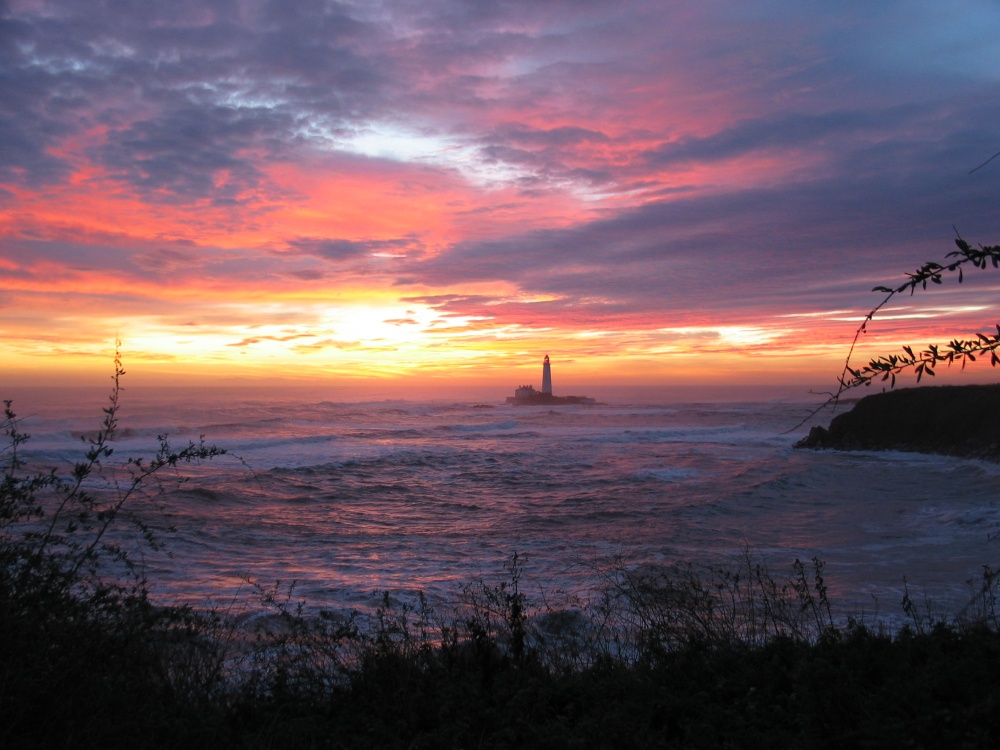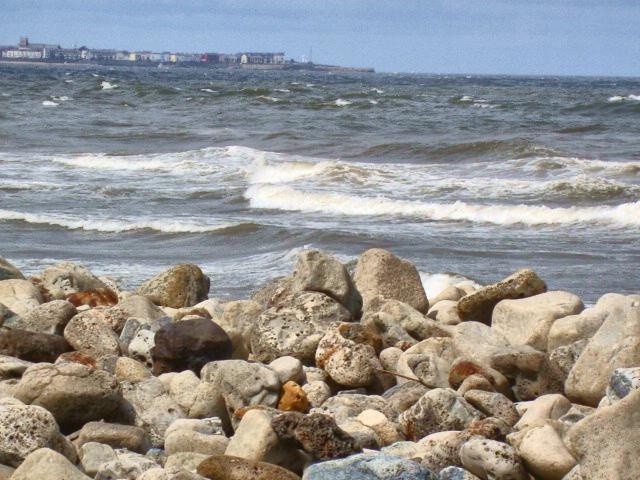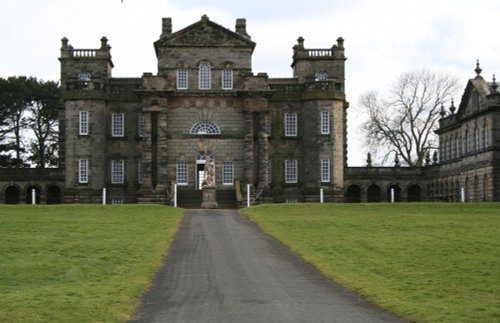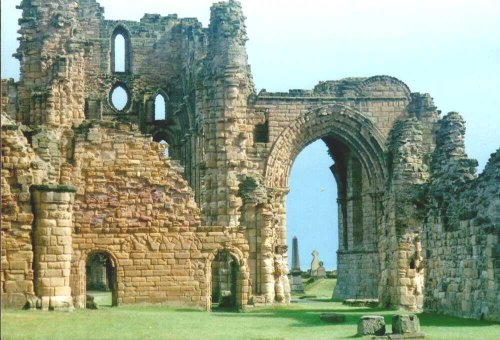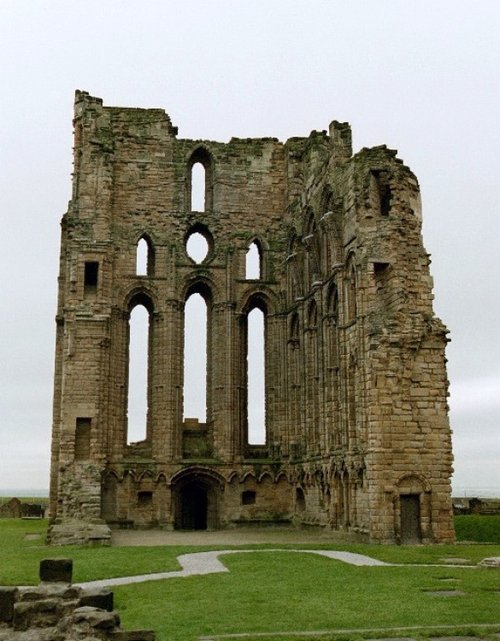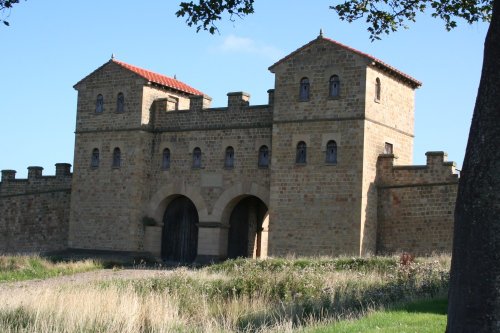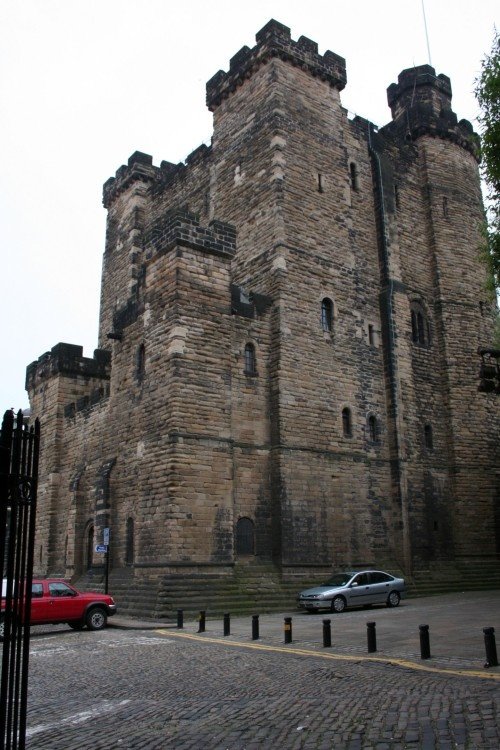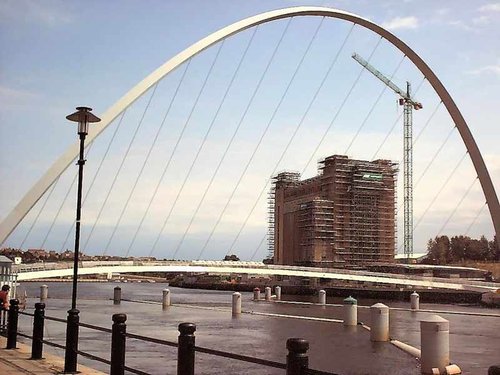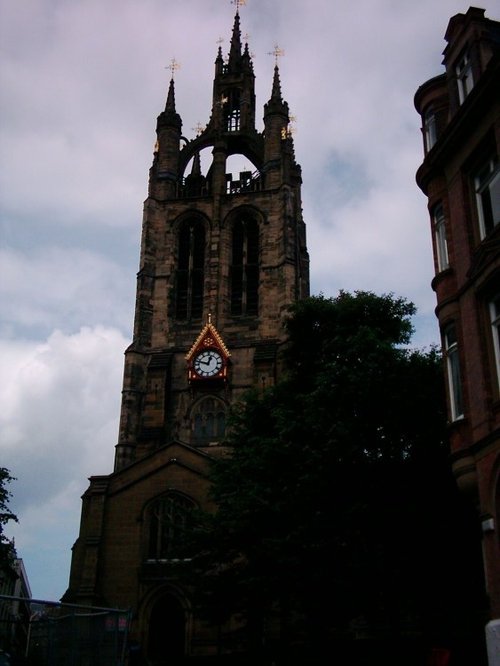Pictures of Seaton Sluice
About Seaton Sluice
It was the Silt-controlling gate at the river's mouth that gave this popular village its name.
For centuries salt had been panned in the region, at this time the village was known as Hartley Pans, but this appears to have changed following the building of a harbour with a sluice at the harbour mouth. In 1660 the salt and coal trades were beginning to flourish, Sir Ralph Delaval saw the need to expand the harbour, to enable the entrance of larger vessel's so that both salt and coal could shipped directly, instead of from nearby Blyth.
Later, in the 18th century, Sir John Hussey Delaval and his brother Thomas who was an engineer, devised an ingenious system for flushing away the silt by creating an island at the harbour mouth. It was during the 18th century that the trade in salt declined, this was largely due to heavier taxation.
The powerful Delaval family are to thank for the prosperity of the village, it was their commercial enterprises of the 17th, 18th and 19th centuries that gave stability to Seaton Sluice, allowing it to expand. From salt and coal the family extended into glass making, a glass factory was established in 1763, this was known as The Royal Hartley Bottleworks, and eventually bottles from here found their way across the length and breadth of the country.
Interestingly, It is believed that the Methodist preacher John Wesley preached at Seaton Sluice in 1744.
Nearby lies Seaton Delaval, a magnificent mansion built in the 18th century for Admiral George Delaval. The house is in the splendid English baroque style and is regarded by many to be one of architect Sir John Vanbrugh's finest masterpieces. The interior contains a superb chimneypiece in the Great Hall, in the grounds a Norman chapel contains family tombs and effigies.
Today, life in Seaton Sluice is vastly different to its 18th and 19th century "hey-day", the village exists mostly as a resort village with a proud industrial heritage. The harbour is in constant use by pleasure craft, but visitors very much enjoy the interpretive display and exploring the harbour paths and series of inter-connecting bridges.
It is still possible to walk along the paths of Seaton Burn, a pleasant walk leads from the village to the local beauty spot of Holywell Dene where there is a glorious wooded area with wildlife habitats. In Holywell Dene, visitors can see an 18th century folly known as "Starlight Castle" this was built over-night in order to win a bet!
The long golden beach continues to be a popular destination for visitors, and the influence of the Delaval's can be seen in the number of pubs in the village named for this famous local family. These are; The Delaval Arms, The Astley Arms (the Astley family being direct descendents of the Delaval's) and The Melton Constable, named for the southern seat of Lord Hastings, also a descendent of the Delaval's.
Of great interest is the Church of Our Lady, this was built at around the end of the 11th century by Hubert de Laval, a nephew by marriage of William the Conqueror. The church was consecrated by Bishop Flambard of Durham in 1102, and remains as the Parish Church of the Parish of Delaval. It is open for Sunday worship, and at all other times it can be visited during the same opening times as Seaton Delaval Hall.
This is an excellent place to visit, it has much to offer including a splendid beach to relax upon, a pretty harbour for sailing and fishing, pleasant streets to wander, lively pubs, and a very genial atmosphere.
Seaton Sluice lies between Whitley Bay and Blyth.
